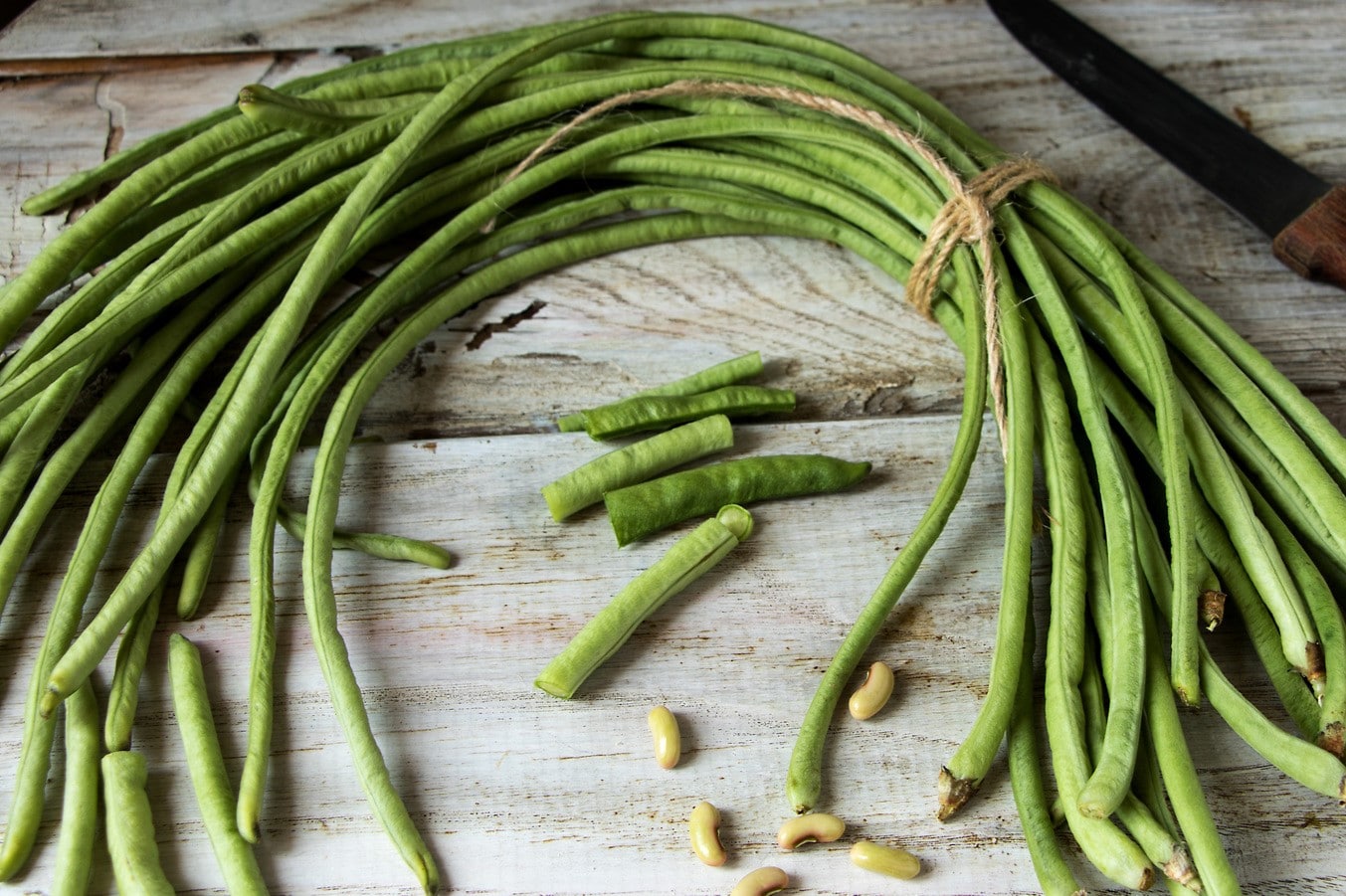
Ever heard of the yardlong bean? This unique vegetable, also known as the asparagus bean or Chinese long bean, can grow up to three feet long! Originating from Southeast Asia, it’s a staple in many Asian cuisines. But what makes it so special? For starters, it’s packed with nutrients like vitamins A and C, iron, and fiber. Plus, it’s incredibly versatile in the kitchen. You can stir-fry, steam, or even pickle it. Gardeners love it because it’s easy to grow and resistant to pests. Curious to learn more? Let’s dive into 20 fascinating facts about this extraordinary bean!
Key Takeaways:
- Yardlong beans, also known as Chinese long beans, are packed with vitamins A and C, making them great for healthy skin and a strong immune system. They are also low in calories, perfect for weight management.
- Yardlong beans are not only delicious in stir-fries and salads but also have a rich history in Southeast Asia, symbolizing prosperity and abundance. They are easy to grow and can thrive in warm climates with plenty of sunlight.
What is a Yardlong Bean?
Yardlong beans, also known as asparagus beans or Chinese long beans, are a unique type of legume. They are famous for their impressive length and distinct flavor. Let's dive into some fascinating facts about this extraordinary vegetable.
-
Yardlong beans can grow up to 3 feet in length, making them one of the longest beans in the world.
-
These beans are a staple in many Asian cuisines, particularly in Chinese, Thai, and Filipino dishes.
-
Despite their name, yardlong beans are usually harvested when they are about 18 inches long for the best texture and flavor.
Nutritional Benefits of Yardlong Beans
Yardlong beans are not just long; they are packed with nutrients that can benefit your health in numerous ways.
-
They are rich in vitamins A and C, which are essential for maintaining healthy skin and a robust immune system.
-
Yardlong beans contain a good amount of dietary fiber, aiding in digestion and promoting a healthy gut.
-
These beans are low in calories, making them an excellent choice for those looking to maintain or lose weight.
Growing Yardlong Beans
Growing yardlong beans can be a rewarding experience for gardeners. They are relatively easy to cultivate and can thrive in various climates.
-
Yardlong beans prefer warm weather and need at least six hours of sunlight daily to grow well.
-
They are typically grown on trellises or stakes to support their long vines and heavy pods.
-
These beans are known for their rapid growth, often reaching maturity in just 60 to 70 days after planting.
Culinary Uses of Yardlong Beans
Yardlong beans are incredibly versatile in the kitchen. They can be used in a variety of dishes, adding both flavor and nutrition.
-
They are often stir-fried with garlic and soy sauce, a popular preparation method in Chinese cuisine.
-
In Thai cuisine, yardlong beans are a key ingredient in the famous dish "Som Tum," a spicy green papaya salad.
-
These beans can also be pickled, providing a crunchy and tangy addition to meals.
Historical and Cultural Significance
Yardlong beans have a rich history and cultural significance in many parts of the world.
-
They have been cultivated for centuries in Southeast Asia, where they are considered a symbol of prosperity and abundance.
-
In traditional Chinese medicine, yardlong beans are believed to have cooling properties and are used to balance the body's internal heat.
-
These beans are often grown in home gardens in rural areas, reflecting their importance in local diets and economies.
Fun Facts About Yardlong Beans
Let's explore some fun and lesser-known facts about yardlong beans that might surprise you.
-
Yardlong beans are also known as "snake beans" due to their long, slender shape.
-
The flowers of the yardlong bean plant are typically purple or white and are quite beautiful.
-
These beans can be eaten raw, although they are usually cooked to enhance their flavor and texture.
-
Yardlong beans are related to black-eyed peas, as both belong to the Vigna unguiculata species.
-
They are often used in companion planting to improve soil fertility, as they can fix nitrogen from the air into the soil.
The Final Bean
Yardlong beans, also known as asparagus beans or snake beans, are more than just a unique addition to your garden. These beans, which can grow up to three feet long, are packed with nutrients like vitamin C, vitamin A, and fiber. They thrive in warm climates and need plenty of sunlight, making them perfect for summer gardens.
Cooking them is a breeze. They can be stir-fried, steamed, or even pickled. Their mild flavor pairs well with a variety of dishes. Plus, growing them can be a fun project for the whole family.
So, if you're looking to add something new and nutritious to your garden, yardlong beans are a great choice. Happy gardening!
Frequently Asked Questions
Was this page helpful?
Our commitment to delivering trustworthy and engaging content is at the heart of what we do. Each fact on our site is contributed by real users like you, bringing a wealth of diverse insights and information. To ensure the highest standards of accuracy and reliability, our dedicated editors meticulously review each submission. This process guarantees that the facts we share are not only fascinating but also credible. Trust in our commitment to quality and authenticity as you explore and learn with us.


